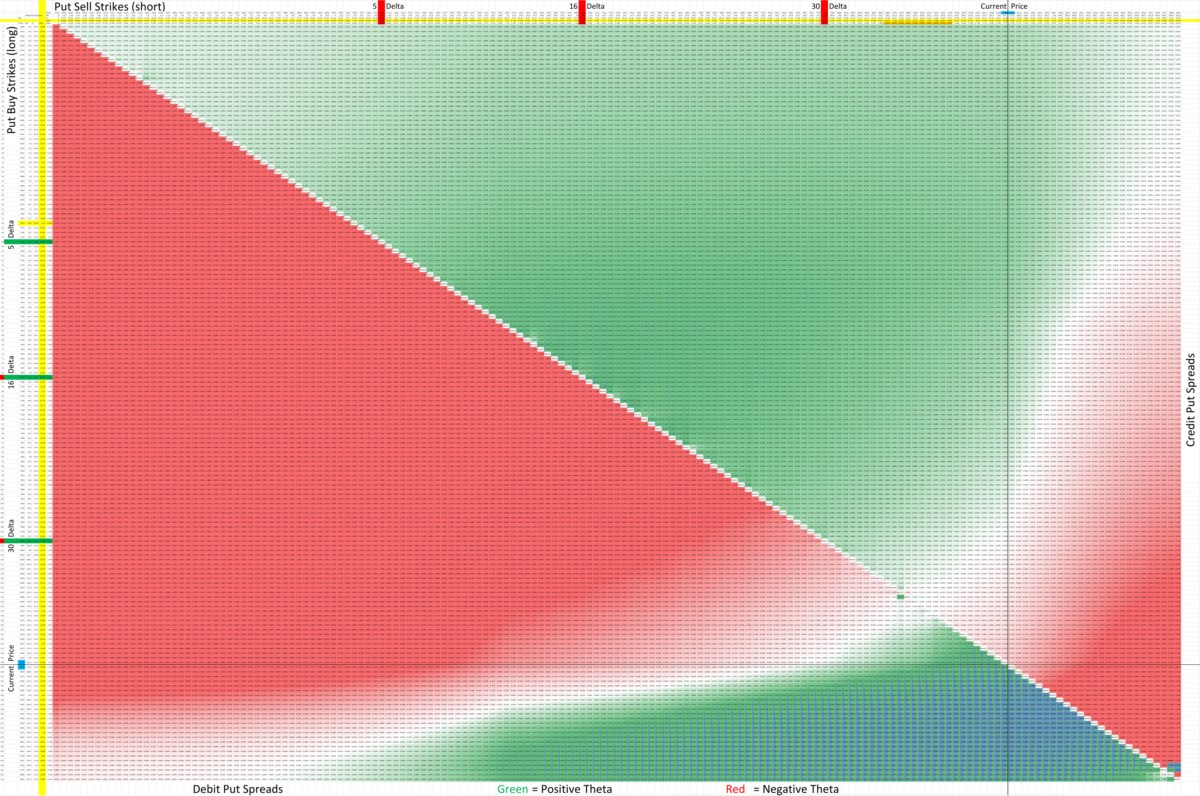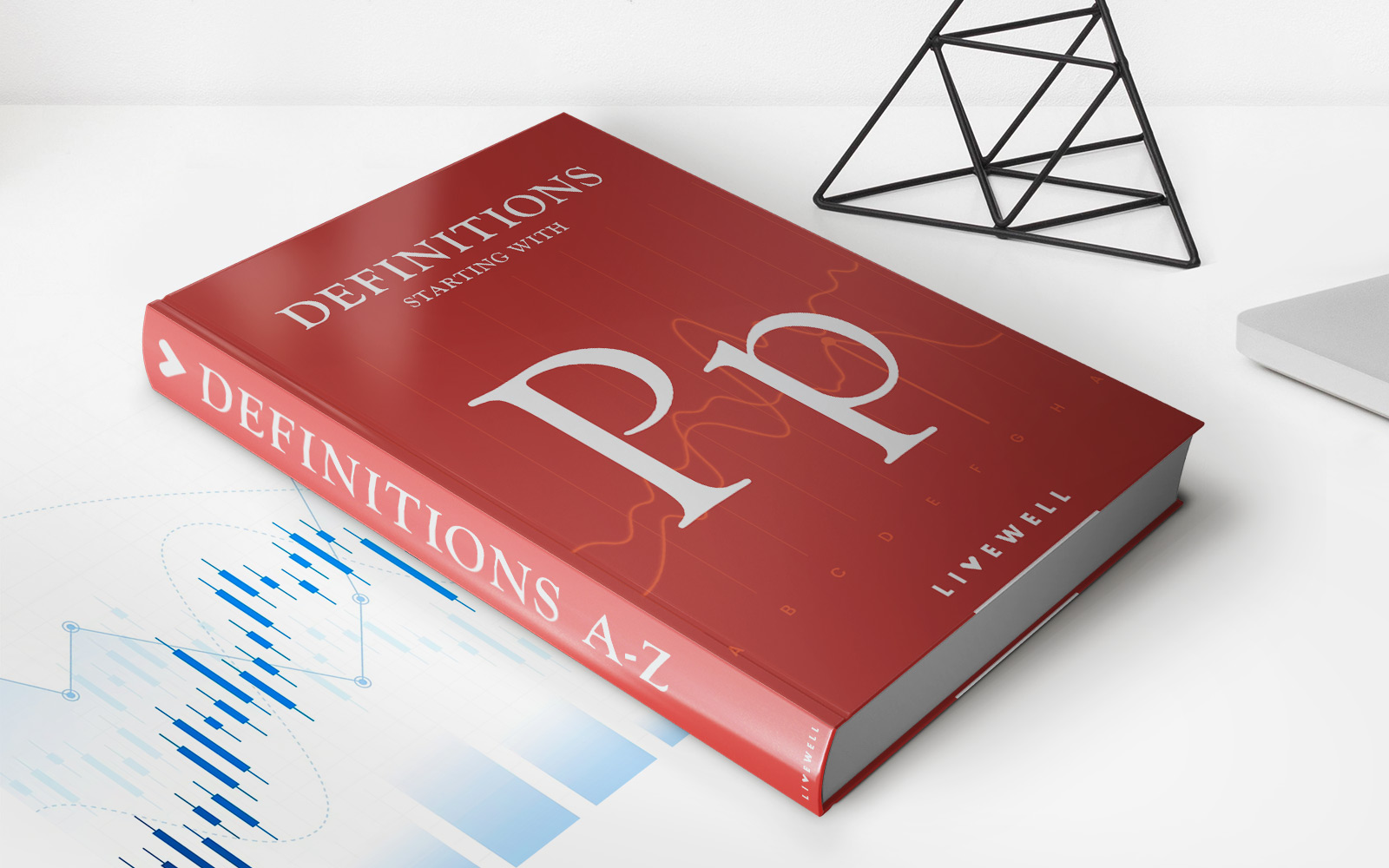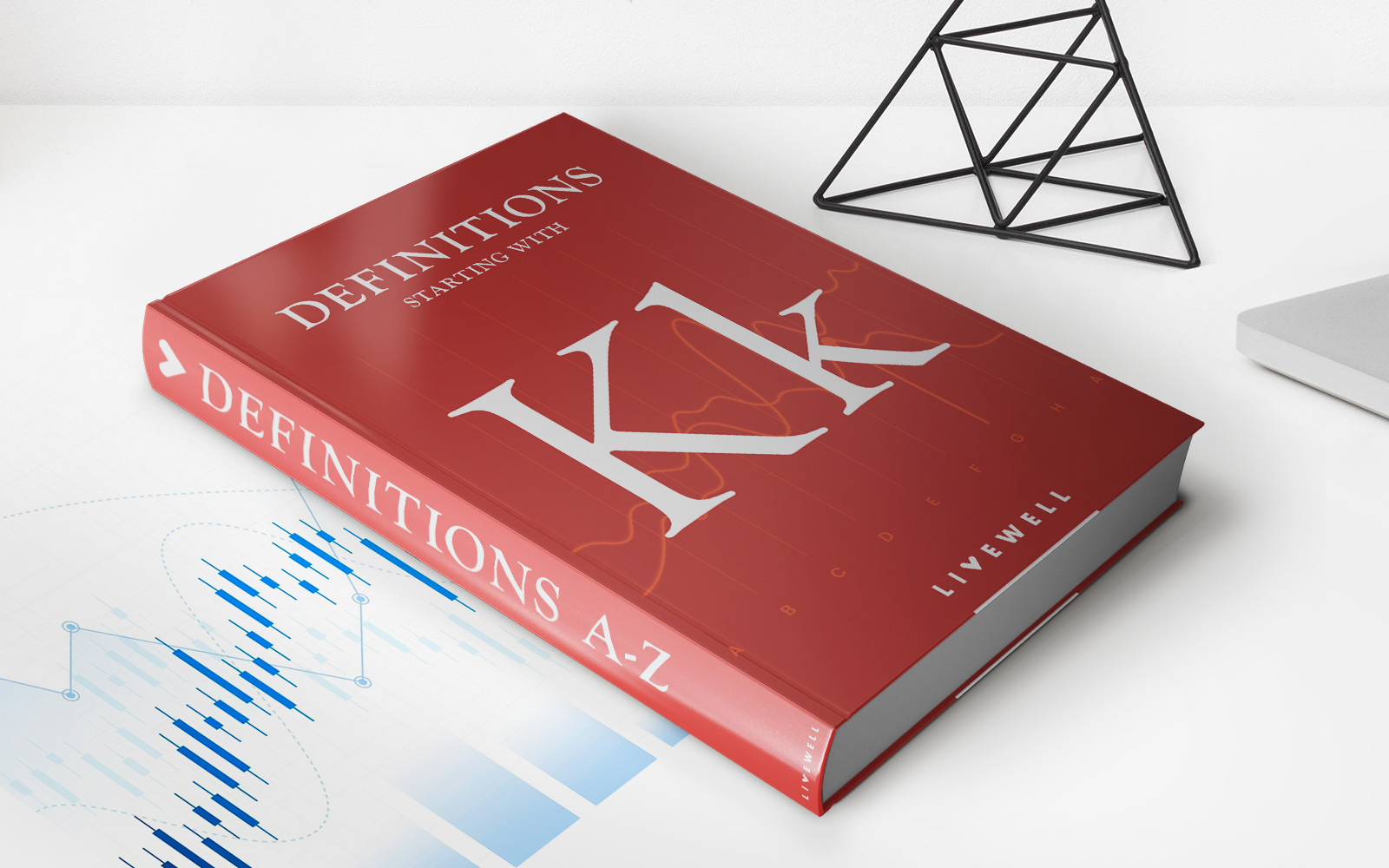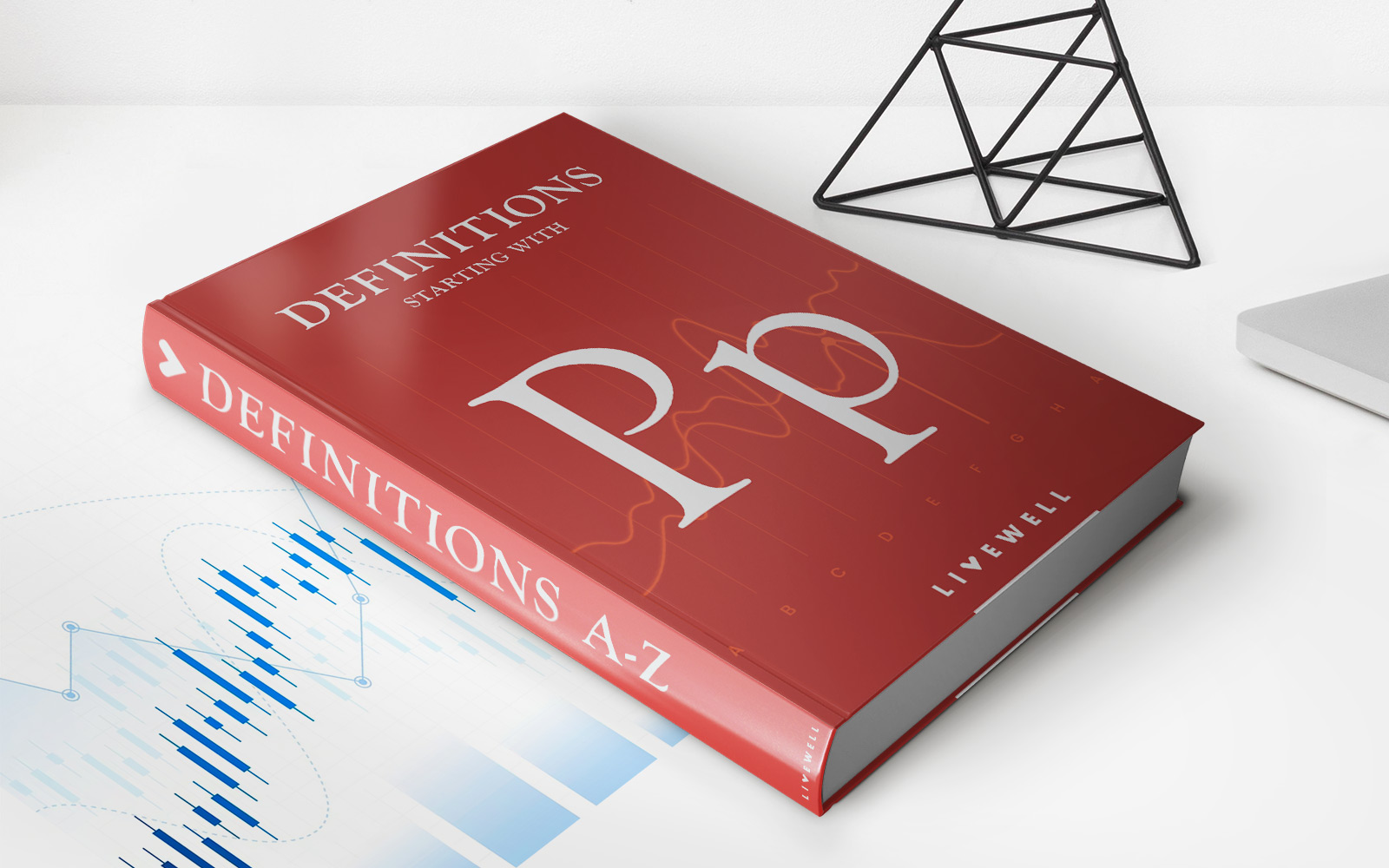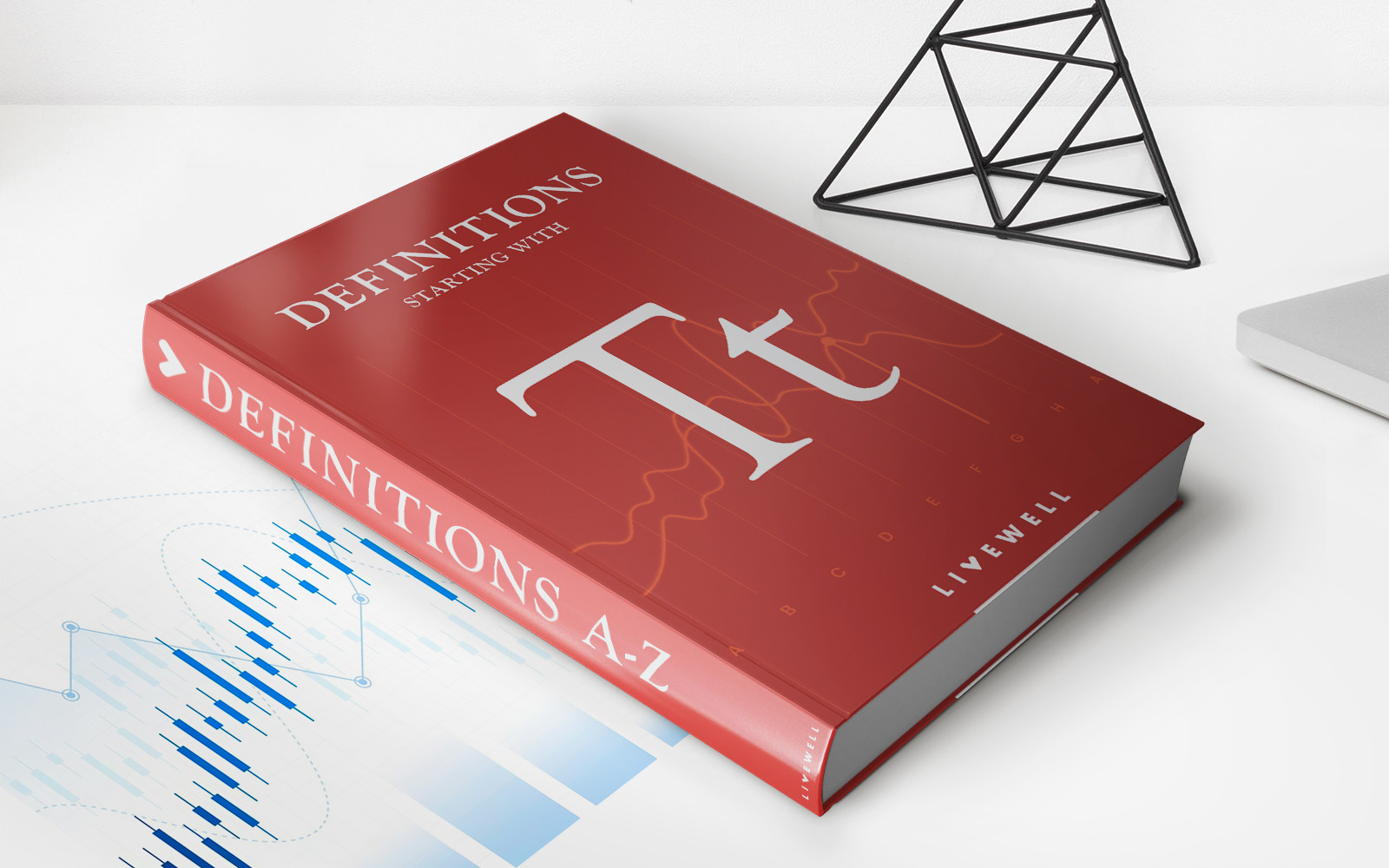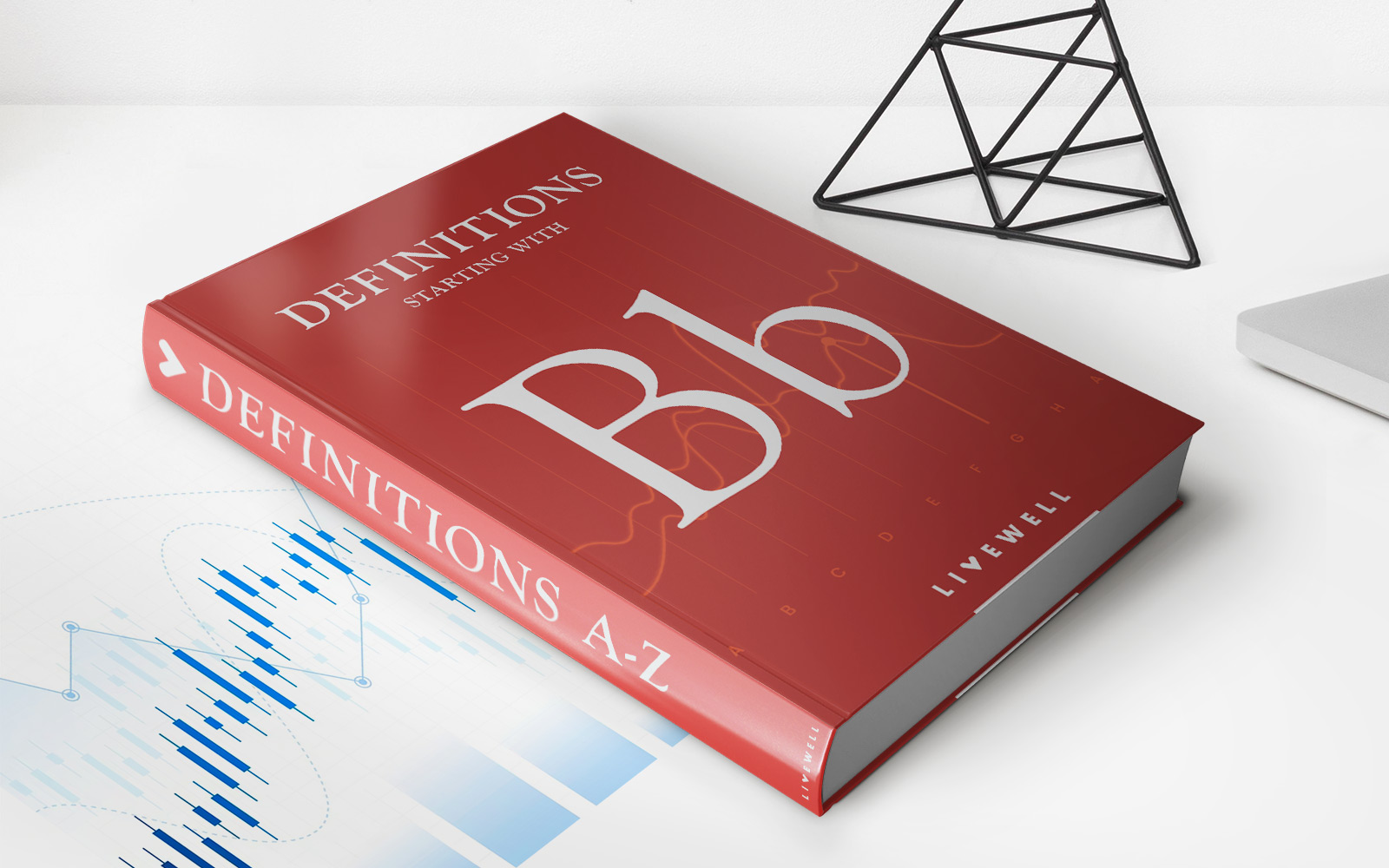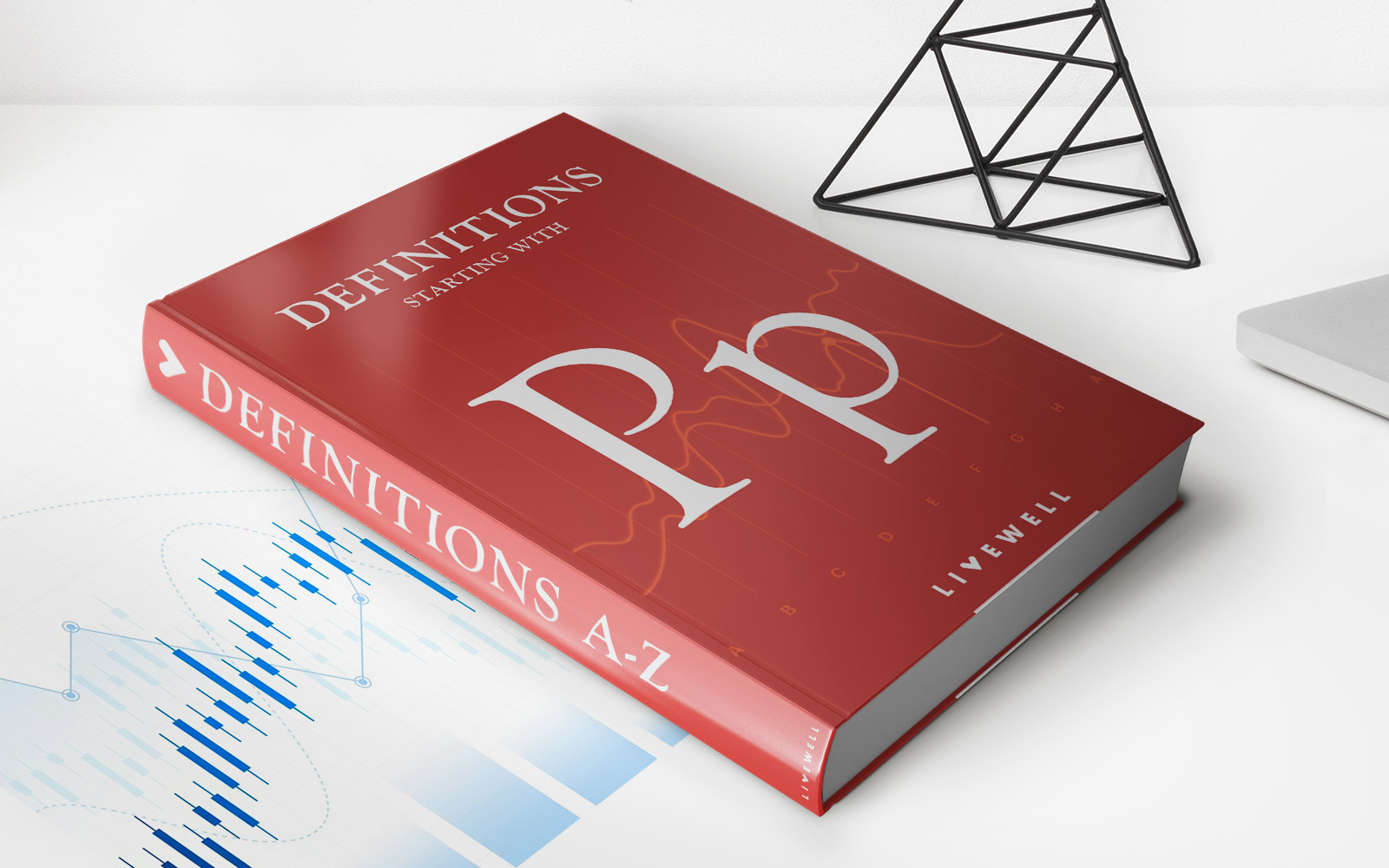

Finance
Put On A Put Definition
Published: January 14, 2024
Discover the meaning of "Put" in finance and how to put on an options position. Learn more about put definition and its importance in the market.
(Many of the links in this article redirect to a specific reviewed product. Your purchase of these products through affiliate links helps to generate commission for LiveWell, at no extra cost. Learn more)
Mastering the Art of Put Options – A Comprehensive Guide to Putting on a Put
Welcome to the finance category of our blog, where we delve into the intricacies of various financial concepts and help you navigate through the complexities of the investment world. Today, we’re going to demystify one such concept – put options, commonly known as “puts.” If you’ve ever wondered what it means to put on a put, you’ve come to the right place! In this article, we’ll provide a clear and concise definition of put options, explain how they work, and offer expert insights to help you make informed investment decisions.
Key Takeaways:
- Put options give investors the right to sell an underlying asset at a predetermined price, known as the strike price, within a specified timeframe.
- Puts are often used as a form of insurance against potential losses or as a way to profit from a decline in the price of an asset.
Understanding Put Options
Put options are financial instruments that provide investors with the opportunity to sell an underlying asset at a predetermined price, known as the strike price, within a specified timeframe. These options are typically used as a form of insurance against potential losses or as a way to profit from a decline in the price of a specific asset, such as a stock or a commodity.
So how do put options work? Imagine you own shares of a company and anticipate that the stock price may decline in the near future. By putting on a put option, you gain the right to sell those shares at a specific price, even if the actual market price drops. This can help protect your investment from potential losses.
Here are a few key details about put options:
- Strike Price: The predetermined price at which the underlying asset can be sold.
- Expiration Date: The date at which the put option expires and can no longer be exercised. It is crucial to consider the expiration date carefully when putting on a put.
- Premium: The cost of purchasing a put option. This premium is paid to the seller of the option and is influenced by various factors, including the current market price, volatility, and time until expiration.
- Intrinsic Value: The difference between the strike price and the current market price of the underlying asset. If the current market price is lower than the strike price, the put option has intrinsic value.
Benefits and Applications of Put Options
Put options offer several benefits and can be utilized in various investment strategies. Here are a few common applications:
- Protection Against Downside Risk: Putting on a put option can act as insurance, protecting your portfolio from potential losses in case of a decline in the market or the price of a specific asset. It allows you to “put” the asset in question on someone else, limiting your risk exposure.
- Speculation on Price Declines: If you anticipate a decline in the value of an asset, you can put on a put option to potentially profit from the price decrease.
- Portfolio Hedging: Institutional investors and fund managers often use put options to hedge their portfolios against potential market downturns.
By understanding and effectively utilizing put options, you can enhance your investment strategy, manage risk, and potentially increase your overall returns.
In Conclusion
Put options are a valuable tool in a trader or investor’s arsenal. They provide a way to protect against downside risk or profit from a decline in an asset’s price. Whether you’re a seasoned investor or just starting to explore the world of finance, understanding how to effectively put on a put can be immensely beneficial.
We hope this article has provided you with a clear definition of put options, explained their inner workings, and shed light on their myriad applications. Now armed with this knowledge, you can confidently navigate the world of options and make informed investment decisions. Stay tuned for more insightful articles on finance, and remember to always put your financial well-being first!


